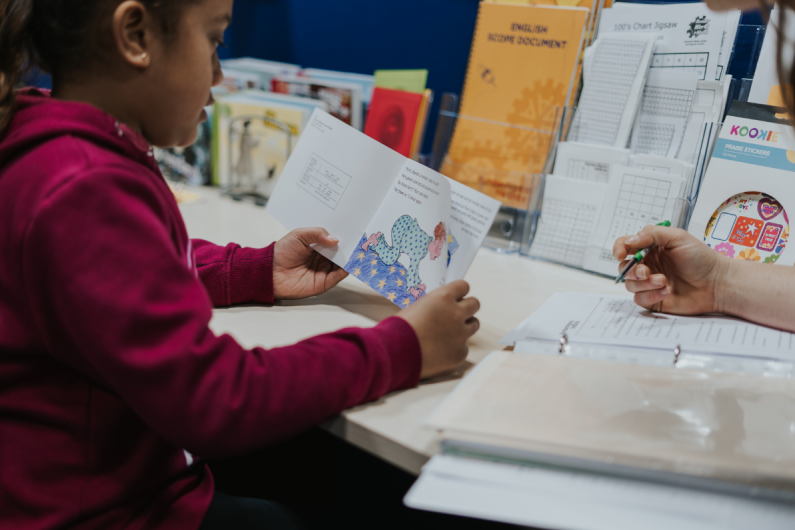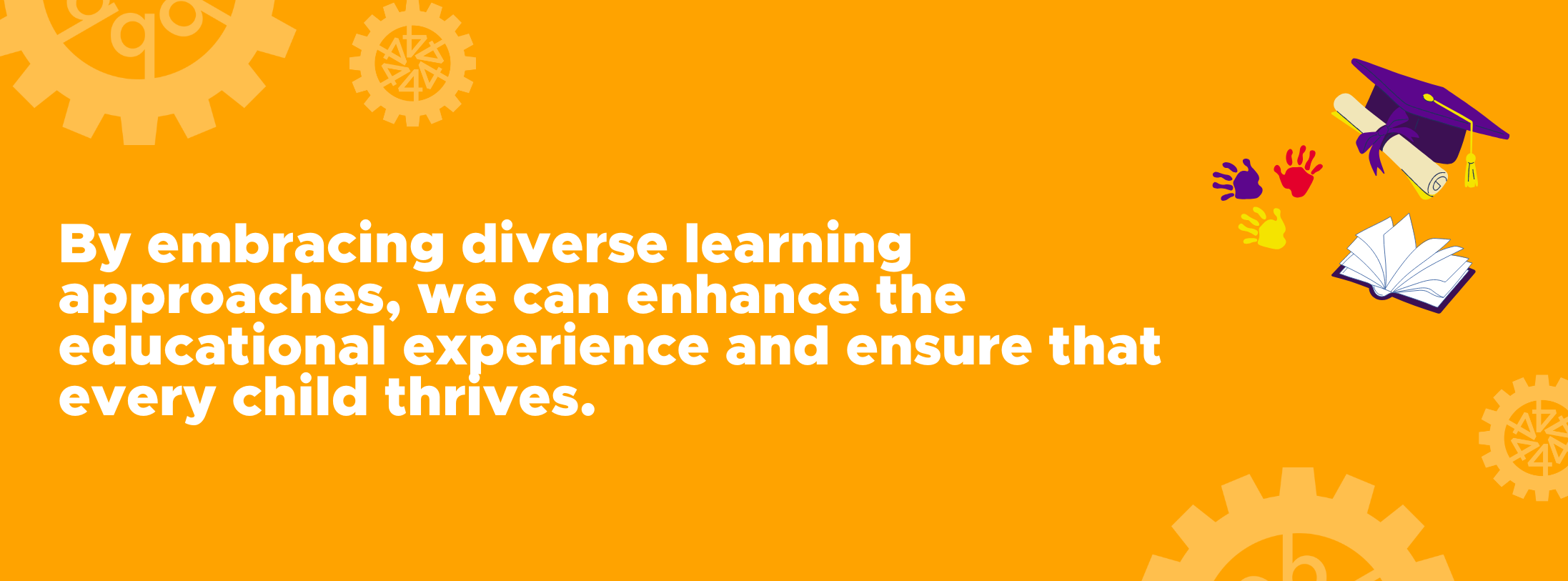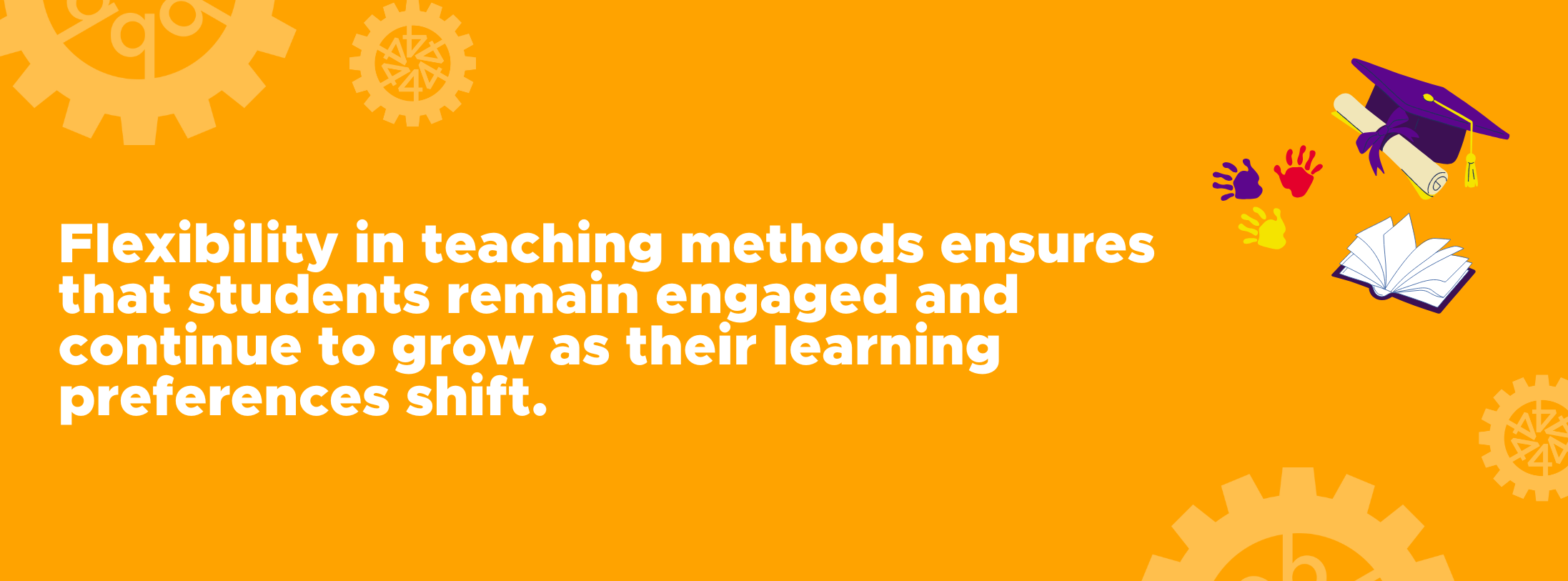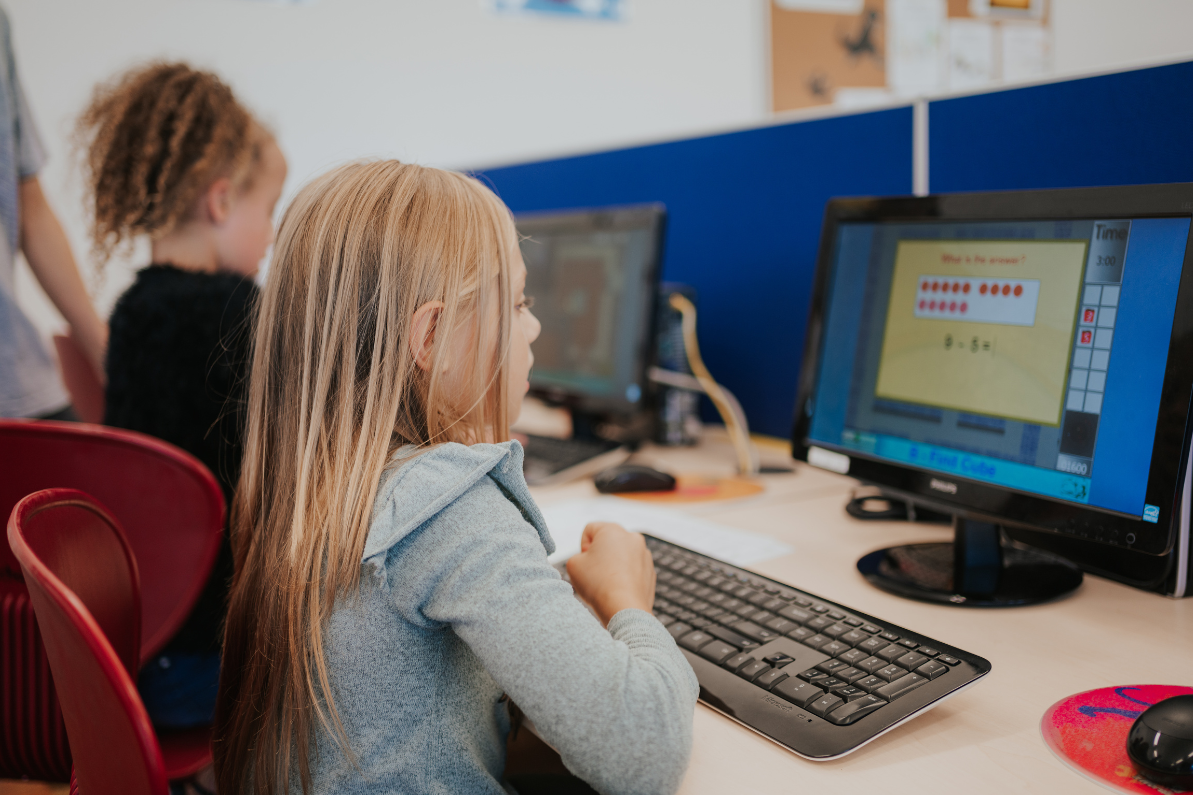Exploring Different Learning Styles

Education is a powerful journey that profoundly influences young minds and shapes their future paths. In our increasingly varied and evolving world, appreciating each child's unique characteristics underscores the limitations of a one-size-fits-all approach to learning. Each student brings distinct strengths, challenges, and preferences to the classroom. Adapting to these individual differences through various learning styles can transform educational practices. By incorporating diverse teaching methods, we can significantly improve the learning experience and help every child succeed.
In this blog, we will explore how learning styles impact education and discuss the importance of tailoring teaching strategies to fit each student's preferred style. Our aim is to highlight how personalised approaches can create more effective and inclusive learning experiences.

Understanding Different Learning Styles
Visual Learners
Visual learners excel when they can see information. Diagrams, charts, maps, and videos help these students grasp complex concepts. Tools like colourful illustrations and mind maps are crucial, enabling them to visualise abstract ideas and understand intricate relationships.
Auditory Learners
For auditory learners, listening and speaking are key. They thrive in environments where lectures, discussions, and audio materials are prevalent. Engaging in conversations and debates enhances their learning, making verbal communication an effective way to deepen their understanding.
Tactile/Kinesthetic Learners
Tactile or kinesthetic learners learn best through hands-on experiences. They excel in activities that involve touching, moving, and doing. Interactive experiments and role-playing help these students understand concepts through physical engagement, making learning an active process.
Reading/Writing Learners
Reading/writing learners prefer to engage with text. They excel in reading and writing tasks, such as analysing articles and composing essays. Written language is their strength, and activities like journaling and note-taking are highly effective for their learning.
Social Learners
Social learners thrive in group settings and collaborative environments. They gain the most from interacting with others, participating in group projects, and engaging in discussions. Social learning helps them develop teamwork skills and enrich their educational experience through peer interactions.
The Dynamic Nature of Learning Styles
Children's learning preferences often change as they grow, gain new experiences, and encounter different environments. For instance, a child who initially prefers visual learning might later favour verbal methods. It’s essential for effective teaching to recognise and adjust to these evolving preferences. By remaining flexible in teaching approaches, educators can keep students engaged and support their ongoing development as their learning styles evolve.

The Importance of Identifying Learning Styles
Recognising each student's learning style enables parents and educators to craft personalised educational experiences. For instance, visual learners thrive in environments filled with interactive and visual elements, while auditory learners excel with verbal communication and repeated listening. Kinesthetic learners, on the other hand, benefit from hands-on activities that make the classroom a vibrant space for active exploration. Identifying these preferences early on allows for customised interventions that cater to each student’s specific needs, which can greatly enhance their academic achievement.
Creative Learning Strategies
Understanding your child's learning style allows you to develop innovative strategies that enrich their educational experience. For visual learners, engaging activities such as designing vibrant posters or infographics can be particularly effective. Auditory learners might benefit from tools like mnemonic devices or interactive verbal games. Kinesthetic learners excel with hands-on experiences, such as constructing models or performing experiments. Social learners gain from collaborative projects and group discussions, which offer meaningful learning opportunities. Adapting activities to these preferences not only makes learning more enjoyable but also helps reinforce concepts in a way that aligns with each student’s strengths.
Building a Supportive Learning Environment
Understanding learning styles is beneficial both at home and in the classroom. Sharing this insight with teachers allows for the adjustment of classroom experiences to better support your child’s needs. With this information, educators can implement a range of teaching methods to provide the appropriate support for each student. Building an effective learning environment requires continuous dialogue between parents and teachers, along with a dedication to modifying teaching strategies as students’ needs change.
Learning with NumberWorks’nWords
At NumberWorks’nWords, we tailor our tutoring programmes to meet each student’s specific needs, focusing on their strengths and areas for development. Our maths and English courses are designed to build confidence and enhance academic performance. We recognise the importance of different learning styles and employ a variety of techniques to engage students effectively.
Contact your local NumberWorks’nWords centre to book a free assessment and discover more about our personalised and engaging tutoring options. By embracing each student’s individuality and learning style, we aim to foster a love of learning and set them on the path to success.




